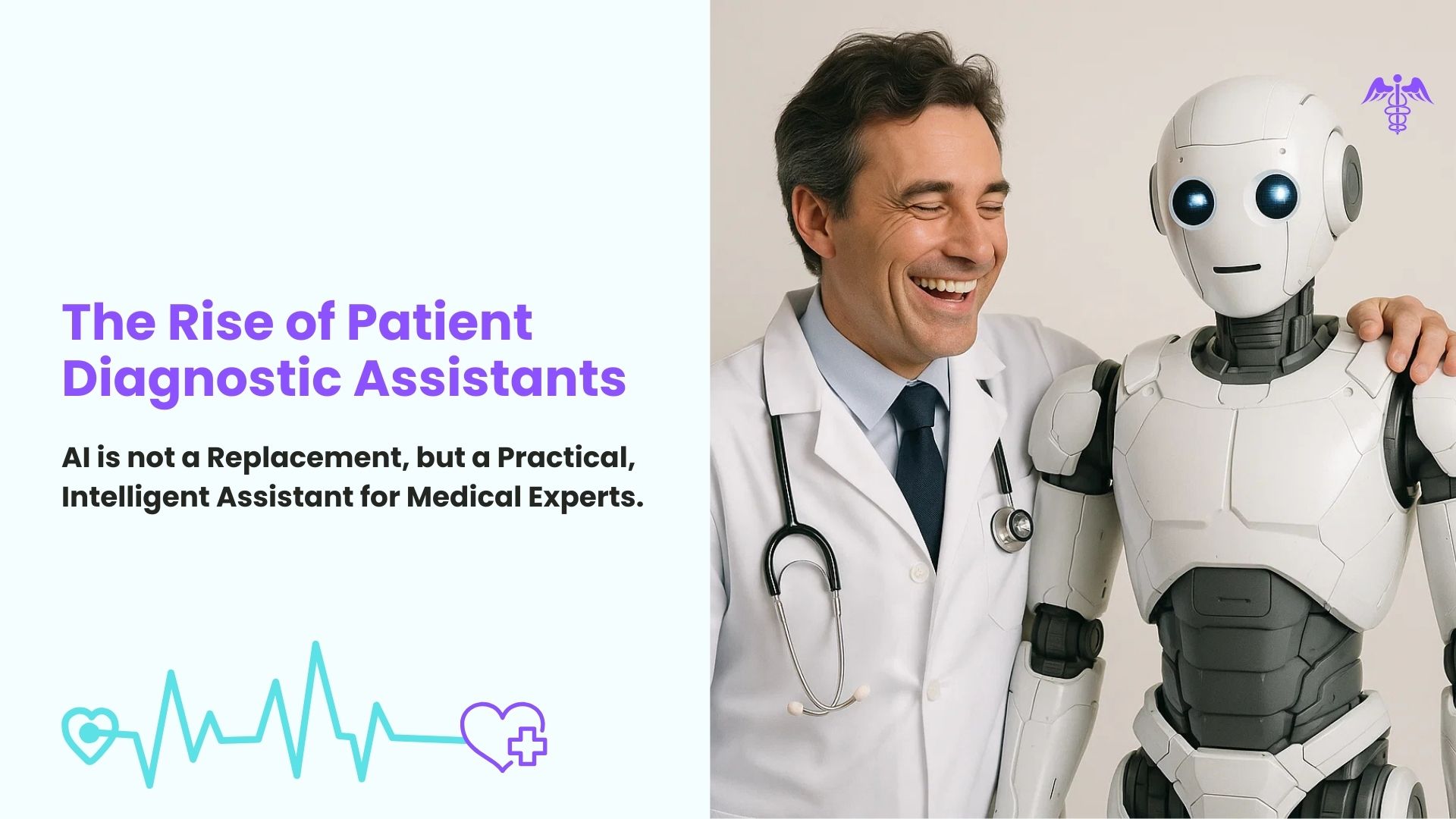Explore 20+ AI Solution Prototypes at Our AI Demo Central |

In the last couple of days, stories have emerged of individuals turning to AI tools like ChatGPT to understand lingering medical symptoms, and in some cases it led to life-saving discoveries. These aren’t isolated incidents, but signals of a broader shift – artificial intelligence is becoming a valuable ally in early disease detection.
While AI is not a substitute for medical professionals, it can serve as a second set of eyes which is unbiased, tireless, and often insightful. AI is helping patients and physicians detect conditions earlier than ever before.
At ThirdEye Data, we have also built and deployed AI-powered patient diagnostic assistantsbased on large language models (LLMs), including ChatGPT, which are actively assisting leading healthcare organizations in improving diagnostic support, patient engagement, and treatment outcomes.

Image Source: Kennedy News and Media
Take the case of Lauren Bannon, a 40-year-old mother whose persistent symptoms were repeatedly misdiagnosed by traditional clinical workflows.
Frustrated, she consulted ChatGPT to ask what else might mimic rheumatoid arthritis. The AI suggested Hashimoto’s disease, a condition that ultimately ledto the discovery of her thyroid cancer, which had gone unnoticed by multiple doctors.
Similarly, Marly Garnreiter, 27, suffering from night sweats and unexplained fatigue, plugged her symptoms into ChatGPT, which flagged the possibility of blood cancer.
Though she initially dismissed the warning, a year later, she was diagnosed with Hodgkin lymphoma. The AI’s suggestion had been accurateall along.

Image Source: SWNS & People.com
These cases highlight a profound truthabout AI tools–they are not replacements for clinical expertise, butcan complement human judgment and catalyze earlier investigation and diagnosis, practically enablingfaster, more informed action.
AI models trained on vast medical datasets can recognize subtle patterns in symptoms that may go unnoticed or be deprioritized by time-constrained clinical encounters. These tools can surface rare or less obvious differential diagnoses based on real-world evidence and medical literature. Doctors benefit from having an AI partner that offers smart nudges and data-backed suggestions.
AI-powered assistants offer patients an accessible starting point to understand their symptoms better. This improves health literacy, encourages proactive care, and allows individuals to approach clinicians with more informed questions, leading to more productive consultations. This collaboration between informed patients and expert doctors creates stronger diagnostic conversations.
For doctors managing dozens of patients daily, AI can act as an intelligent assistant, offering suggestions, flagging uncommon conditions, and aggregating relevant medical history or research in seconds. This symbiotic relationshipboosts diagnostic confidence, improves speed, and reduces the likelihood of human error or oversight.
By identifying potentially serious conditions early, AI can help prioritize tests or specialist referrals more effectively, optimizing the use of limited healthcare resources. This leads to faster intervention, shorter time-to-start-treatment, and potentially better outcomes.
Let me be very clear, AI is not and should not be viewed as a replacement for doctors. The medical expertise, empathy, and clinical judgment of healthcare professionals are irreplaceable. But AI canhelp accelerate the diagnostic process, reduce the cognitive load on doctors, assist in interpreting medical reports, and spot correlations that might otherwise be missed.
It’s about partnership, not substitution, and about elevating the capacity of doctors and giving patients tools to be more engaged in their care journey.
At ThirdEye Data, we have developed an AI-based Patient Diagnostic Assistant leveraging large language models like GPT and MedPaLM, fine-tuned on diverse clinical datasets and real-world patient journeys. The solution is already being used by leading healthcare enterprises to:
Our goal is not to replace the physician, but to equip both doctors and patients with timely insights and guidance. When implemented responsibly, this kind of AI solution becomes a critical part of a more responsive, data-driven, and patient-centric healthcare system.
Of course, integrating AI into clinical settings comes with its own set of challenges:
The stories of Lauren and Marly show us what’s possible when patients are empowered, and when AI is used not to diagnose, but to prompt deeper investigation, assist in report analysis, and strengthen the diagnostic process. In a world where early detection can mean the difference between life and death, AI-powered patient diagnostic assistants are proving to be invaluable tools.
As the healthcare industry continues to grapple with rising workloads, physician shortages, and diagnostic delays, the responsible deployment of AI can serve as a force multiplier.
Let’s not wait for another missed diagnosis to spark change. The technology exists. The benefits are clear. It’s time to act together, with AI as a trusted clinical companion.